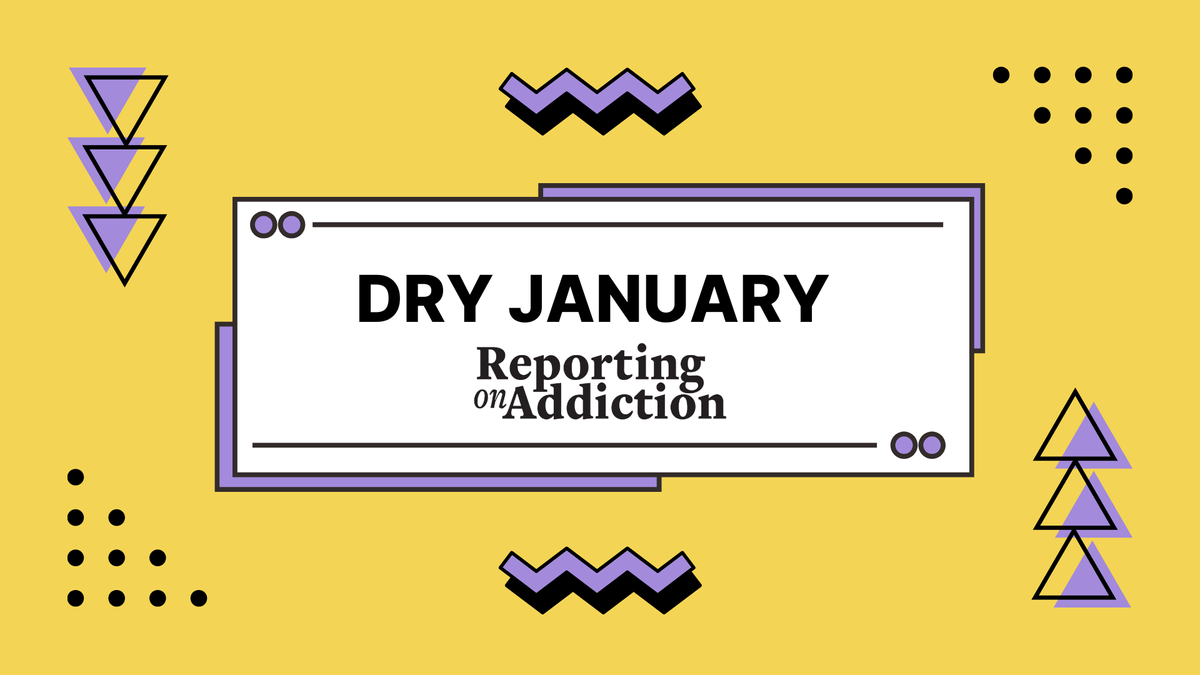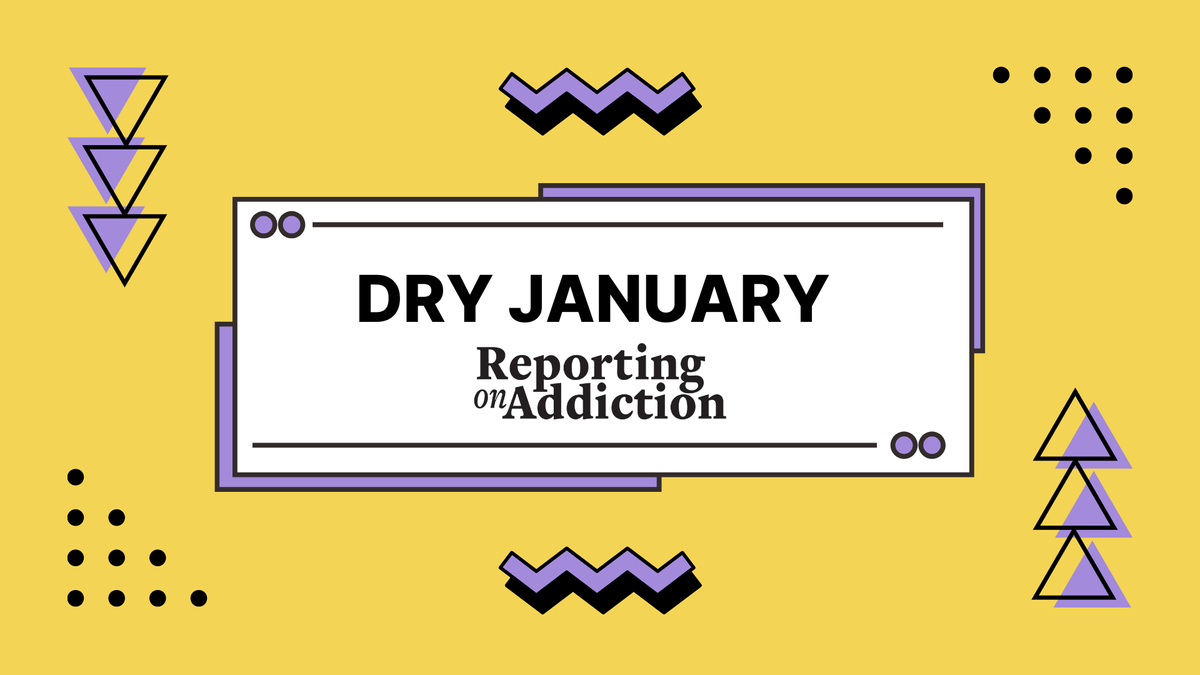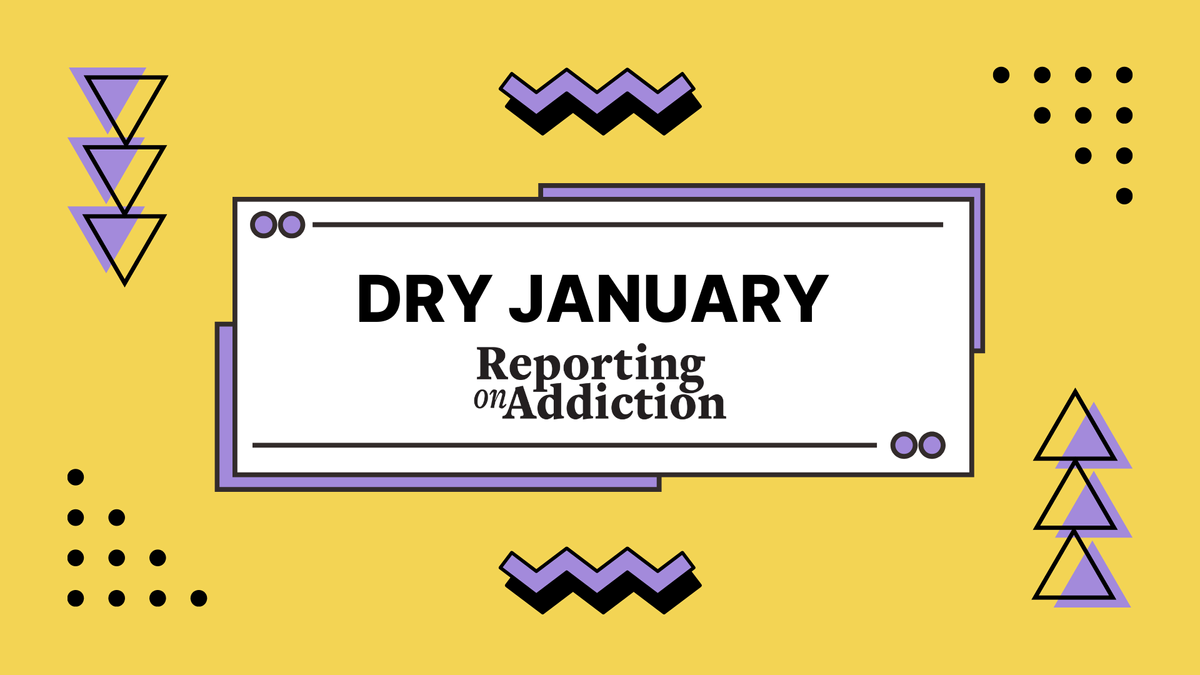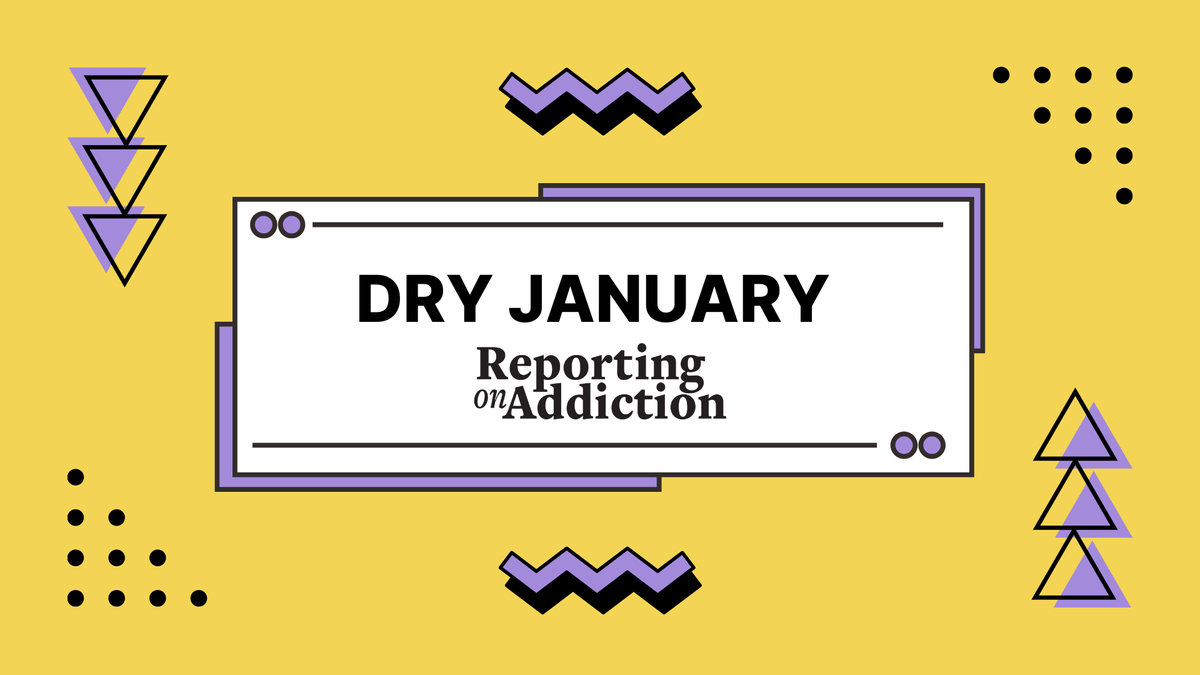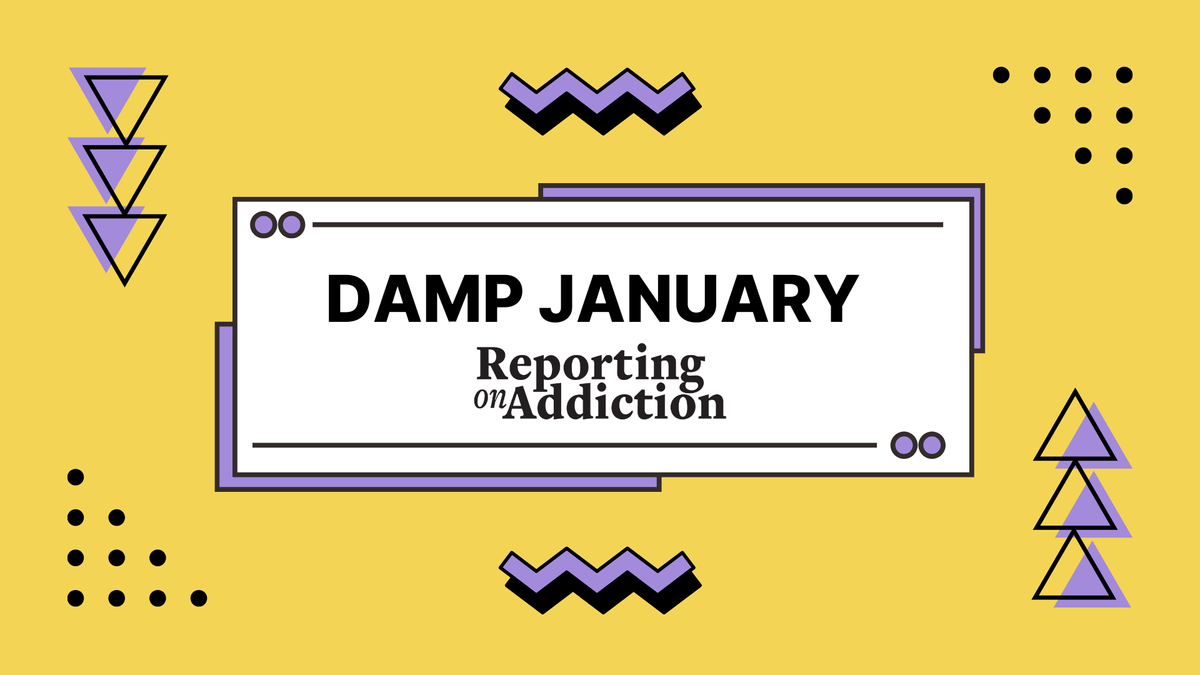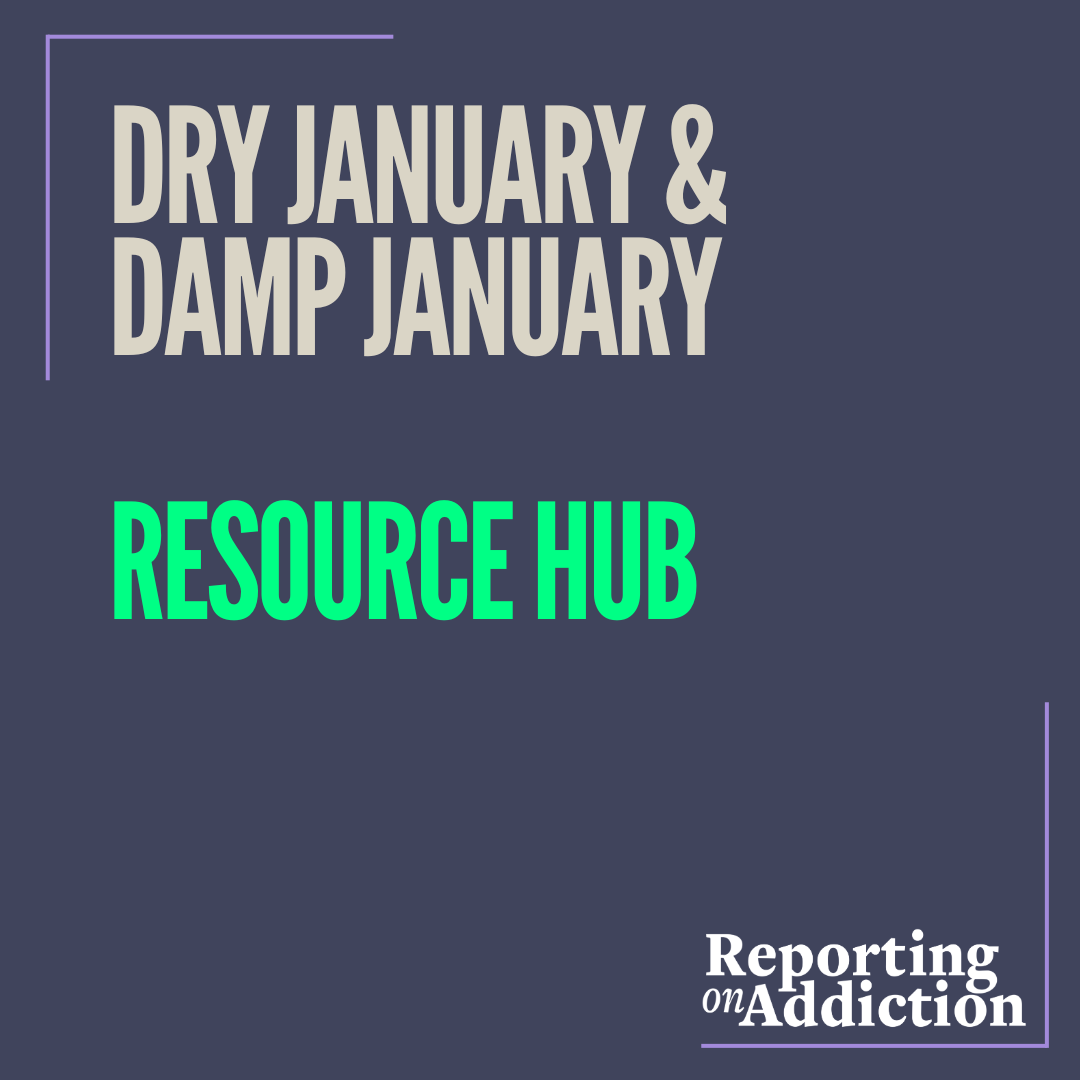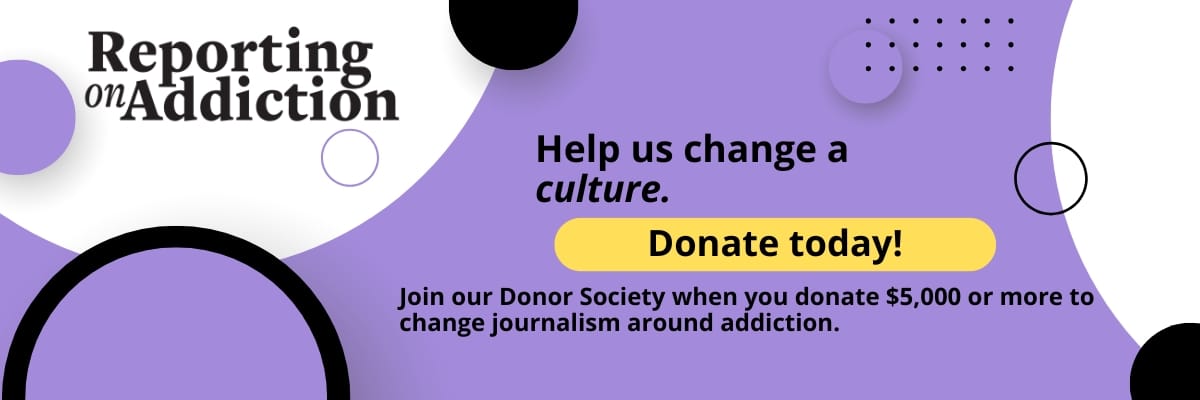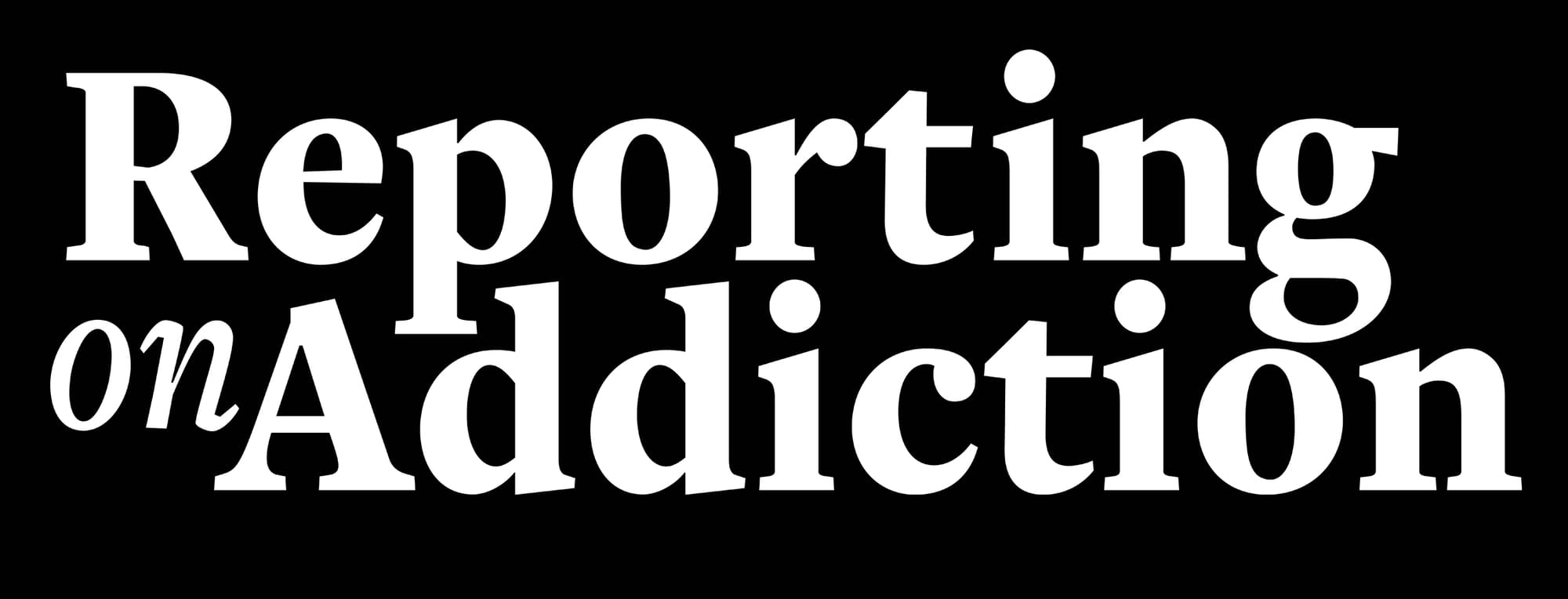Dry January - Other Considerations
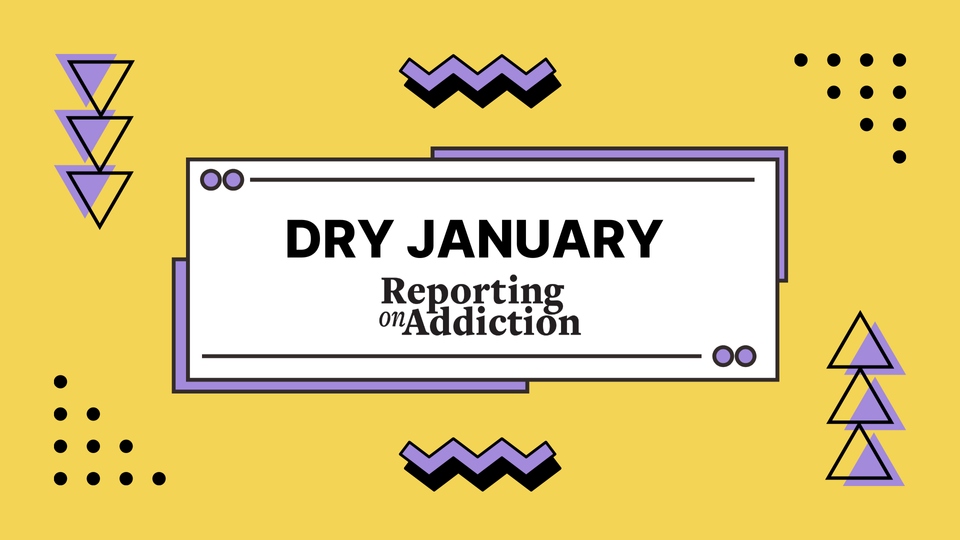
This is part of our series of articles about Dry January & Damp January
Industry money
We can't talk about alcohol without talking about the multi-billion dollar beverage industry. This includes alcohol and non-alcoholic beverages that are increasing in popularity and prevalence.
It’s easy to see that there is a commercial element to Dry January coverage. What started as a public health initiative was quickly swept up into the commercialization of sobriety, and more broadly, health and well-being.
It is worth noting that the burgeoning ready-to-drink mocktail market is valued at over $8 billion USD. We know journalists are inundated with promotions of the new non-alcoholic drinks or mocktails to link into their Dry January coverage. This results in many stories ranking and promoting these non-alcoholic products without critically considering that much of the effort behind the press releases is an attempt to ensure the market remains captured by industry (many non-alcoholic products are sold by companies with alcohol based products or intend to be purchased by those companies).
Similarly, bars and restaurants offering non-alcoholic products do not do so strictly to cater to broader audiences, as coverage would suggest. These are high-margin products or intend to supplement high-margin products they would otherwise sell.
Consider too that for some people N/A products present challenges during their recovery and they would rather avoid them. N/A products aren't a problem, per se, but they also aren't an all encompassing solution.
It’s a lot to disentangle these commercial interests, but we shouldn’t just accept the narrative that Dry January is the non-alcoholic product holiday season.
How to avoid boosterism
Shifting Dry January coverage to ensure it includes the risk factors for harmful alcohol use, and Food and Drug Administration (FDA)-approved medications and behavioral health treatments for alcohol use disorder, will inform your audience much more than a listicle.
It is worth talking to your audience about hosting alcohol-free parties or going to alcohol-free restaurants because the presence of alcohol in a social setting can make it difficult not to drink for some people.
Individual vs collective action
Alcohol in the United States is widely available and cheaper than in other countries. The federal alcohol tax has not changed for decades, despite it being widely cited as the most effective public health intervention for reducing alcohol related morbidity and mortality (disease and death). Some countries have higher taxes on alcohol to offset medical costs associated with its use.
Taxes are just one system-wide change (e.g., re-evaluating our alcohol driven culture, reducing addiction stigma, alcohol labeling, and increasing access to screening, brief interventions, and referrals to treatment) that has been shown to have significant impact. Dry January solely places changing alcohol related harms on individual action and often neglects these other interventions. Journalists can do more to elevate other approaches that can address alcohol-related issues.
Social aspects of alcohol use
Like other drug use, there are social components to alcohol use. There has been some coverage that reducing alcohol use will only contribute to long-term harms because of the negative social impact from not drinking. The thinking goes, Dry January and sobriety in general, will contribute to the “loneliness epidemic” because bars and other social activities include alcohol. No drinking = no socializing.
There is obviously faulty and harmful logic at play here, but it is worth stating that while it is true that many social events include alcohol, socializing does not rely on alcohol. Many spaces and activities allow for meaningful social interaction that do not include alcohol.
The “loneliness epidemic” won’t be solved by people drinking (otherwise it wouldn’t exist - people in the US drink a lot). We need to question the premise and motivation of publishing these pieces. While they may be "well-intentioned" or intended to be "thought-provoking" they only further entrench the status quo and do more harm than good.
A posture that alcohol should be available at all times, especially social functions, does little to improve your audience's understanding about the harms of alcohol use and a culture that has been built up to promote it.
This is part of our series of articles about Dry January & Damp January
